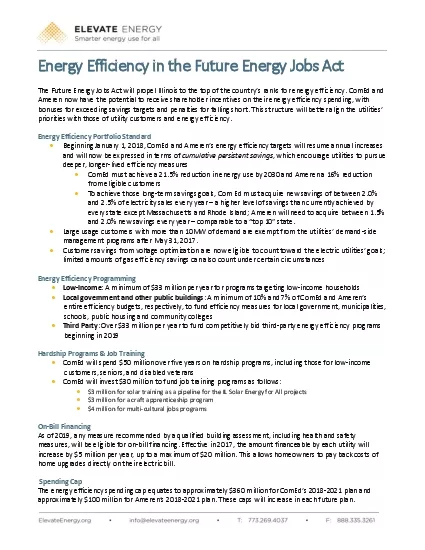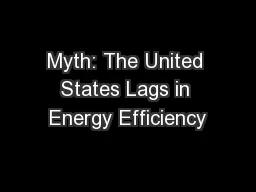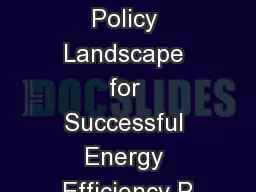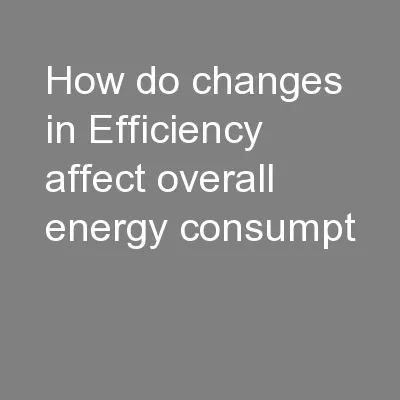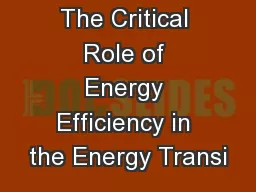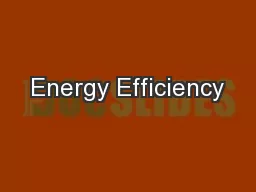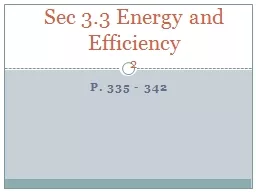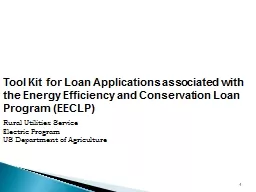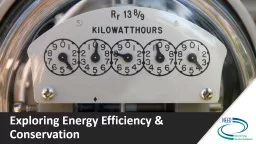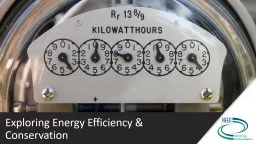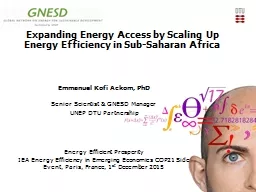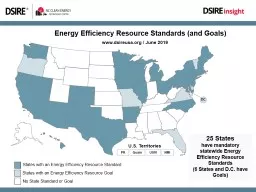PDF-Energy Efficiency in the Future Energy Jobs Act
Author : jalin | Published Date : 2021-08-17
The Future Energy Jobs Act will propel Illinois to the top of the countrys ranks for energy efficiency ComEd and Ameren now have the potential to receive shareholder
Presentation Embed Code
Download Presentation
Download Presentation The PPT/PDF document "Energy Efficiency in the Future Energy J..." is the property of its rightful owner. Permission is granted to download and print the materials on this website for personal, non-commercial use only, and to display it on your personal computer provided you do not modify the materials and that you retain all copyright notices contained in the materials. By downloading content from our website, you accept the terms of this agreement.
Energy Efficiency in the Future Energy Jobs Act: Transcript
Download Rules Of Document
"Energy Efficiency in the Future Energy Jobs Act"The content belongs to its owner. You may download and print it for personal use, without modification, and keep all copyright notices. By downloading, you agree to these terms.
Related Documents

